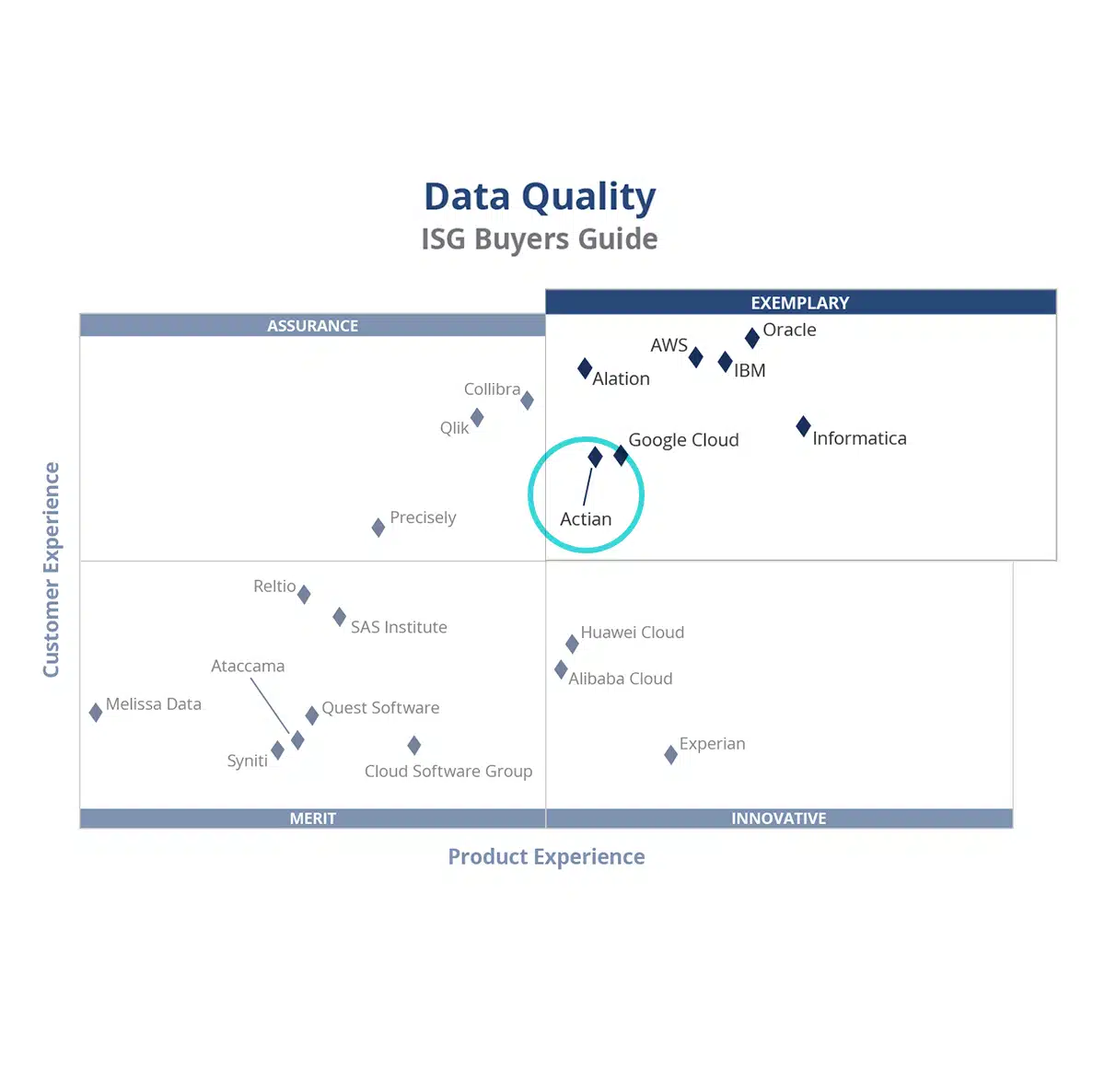Data compression is a crucial technique that enables efficient storage, transmission, and processing of information. This guide explains what data compression is, how it works, different methods for compressing data, and why it’s an important tool for modern businesses.
What is Data Compression?
Data compression is the process of reducing the size of a file or dataset by eliminating redundant or unnecessary information. This process allows data to be stored more efficiently and transmitted faster over networks.
Compression is especially useful in situations where bandwidth and storage are limited, such as mobile networks, cloud storage, and multimedia applications. There are two primary types of data compression: lossless and lossy.
A Look at Lossless Compression
Lossless compression reduces a file size without any loss of information. When decompressed, the original data is fully restored. This method is commonly used for text, executable files, and critical data where accuracy is paramount.
Common lossless compression algorithms used by businesses include:
- Huffman Coding: Assigns shorter codes to more frequent symbols, and longer codes to less frequent ones.
- Lempel-Ziv-Welch (LZW): Uses a dictionary-based approach to replace repetitive sequences with shorter representations.
- Lempel-Ziv-Storer-Szymanski (LZSS): Another dictionary-based approach that compresses data through the use of textual substitution.
- Run-Length Encoding (RLE): Simplifies repetitive data by replacing sequences of repeated characters with a single character and a count.
- DEFLATE: A combination of Lempel-Ziv and Huffman Coding, used in formats like .ZIP and .PNG.
Examples of lossless compression formats:
- ZIP: Used for compressing multiple files into a single archive.
- Portable Network Graphic (PNG): A lossless image format suitable for graphics.
- Free Lossless Audio Codec (FLAC): A high-quality lossless audio compression format.
Understanding Lossy Compression
Lossy compression reduces file size by permanently removing some data, often in a way that maintains acceptable quality for human perception. In other words, the file is significantly reduced in size, but the average data user shouldn’t be able to tell the difference in quality. This type of compression is often used for multimedia files.
Common lossy compression techniques include:
- Transform Coding: Converts data into a different domain, such as frequency (e.g., JPEG uses Discrete Cosine Transform).
- Quantization: Reduces the precision of certain data points to reduce size.
- Perceptual Coding: Removes data that is less noticeable to human perception.
Examples of lossy compression formats:
- JPEG: A widely used image compression format that reduces file size while maintaining reasonable image quality.
- MP3: A popular audio format that discards inaudible sounds to reduce file size.
- MPEG-4 (MP4): A video compression format optimized for streaming and storage.
Data Differencing and its Relationship to Data Compression
Data differencing is a technique used to identify and store only the changes between two versions of a file instead of storing the entire file each time a modification is made. This method is closely related to data compression because it reduces redundancy and minimizes storage requirements.
Instead of compressing an entire dataset, data differencing techniques track changes at a granular level, ensuring that only new or modified information is saved.
This approach is highly efficient in applications where incremental changes are frequent, such as:
- Software Updates: Sending only the changed parts of a program instead of redistributing the entire application.
- Backup Systems: Storing only modified data rather than creating full backups each time.
- Version Control: Tracking file changes efficiently in software development repositories.
Some common data differencing algorithms include Rsync, bzip2-delta, and xdelta, which efficiently compute and apply changes between file versions. When combined with traditional compression methods, data differencing can significantly enhance storage efficiency and reduce network bandwidth usage.
Benefits of Data Compression
Modern businesses handle a vast amount of data, whether that’s information on customer purchases or accounts, internal data to inform decision-making, forecasting predictions, or other types of data. Data compression is therefore a crucial aspect of creating an efficient data environment, helping organizations handle, govern, and control data effectively.
Below are just five benefits a company can realize by using data compression algorithms:
1. Reduced Storage Requirements
Compressed files take up less space, allowing for more efficient use of storage media, such as hard drives, solid state drives (SSDs), and cloud storage services. Ultimately, this also means less overhead and fewer expenses for data storage.
2. Faster Data Transmission
Smaller file sizes mean that data can be transferred faster over networks, improving the performance of internet-based applications, such as streaming, web browsing, and file sharing.
3. Lower Bandwidth Costs
Compression reduces the amount of data that needs to be transmitted, helping to lower bandwidth costs for both individuals and businesses.
4. Improved Performance in Applications
Many software applications, including databases and gaming engines, use compression techniques to optimize performance and reduce processing loads.
5. Enhanced Security
Some compression algorithms integrate encryption techniques to improve data security and protect sensitive information.
Real-World Applications of Data Compression
The following use cases illustrate how organizations use data compression on a daily basis. Far from an exhaustive list, these examples simply show how successful companies use these techniques to improve efficiency, reduce costs, and deliver a more robust experience to their clients.
Image and Video Streaming
Platforms like YouTube, Netflix, and Instagram rely on advanced compression algorithms (e.g., H.264 and H.265 Advanced Video Coding) to deliver high-quality videos while minimizing bandwidth consumption.
Cloud Storage and Backup
Services like Google Drive, Dropbox, and OneDrive use compression to optimize storage efficiency and reduce transfer times for large files. Not only is this good for the company, but it also improves the experience for users.
Web Browsing and Content Delivery Networks (CDNs)
Web browsers and CDNs use gzip compression (a lossless algorithm) to speed up webpage loading times by reducing the size of transmitted files.
Telecommunications
Voice over IP (VoIP) services and mobile networks use compression to improve call quality and reduce latency. This works by reducing the amount of data that needs to be transferred over the call.
Data Science and Big Data
Data analysts and data scientists use compression techniques to store and process massive datasets efficiently, reducing computational and storage overhead, and making the datasets or databases easier to handle and manipulate.
Challenges and Limitations of Data Compression
Despite the numerous benefits of data compression, the process does present some challenges. The following are four points of interest that should be considered and factored into the process of data compression:
1. Trade-Off Between Compression Ratio and Quality
Lossy compression sacrifices quality for smaller file sizes, which can be an issue for high-fidelity applications such as medical imaging or archival purposes. The alternative is to use a lossless algorithm to preserve quality, but the reduction in file size may not be as beneficial.
2. Computational Complexity
Some compression algorithms require significant computational power, which can slow down real-time applications.
3. Compatibility Issues
Not all devices and applications support every compression format, leading to compatibility challenges in certain environments.
4. Data Corruption Risks
Compressed files are more susceptible to corruption because a small error in the compressed data can make the entire file unreadable.
What’s Next: The Future of Data Compression
Technology evolves at a rapid pace, with data compression and storage methods evolving alongside. Below are four areas of research and technological development that may improve data compression techniques in the future:
1. AI-Driven Compression Algorithms
Machine learning and other artificial intelligence (AI) techniques are being developed to improve compression efficiency by dynamically optimizing encoding and decoding processes.
2. Quantum Compression
Research in quantum computing suggests that new compression methods could significantly surpass traditional algorithms in efficiency and speed. Currently, quantum computing is still in its infancy and compression using these theoretical methods likely only works for small inputs.
3. Advanced Video and Audio Codecs
New compression standards, such as AV1 and Versatile Video Coding (VVC), aim to further reduce file sizes while maintaining high quality.
4. Improved Lossless Compression
Breakthroughs in lossless compression may help achieve higher efficiency for text, genomic data, and software applications without sacrificing accuracy. The goal is to maintain quality while drastically improving the reduction in file size.
A Brief Recap on Data Compression
Data compression is an indispensable technology that affects nearly every aspect of digital communications and storage. Whether through lossless methods that preserve data integrity or lossy techniques that optimize space, compression enables faster, more efficient, and more cost-effective digital experiences. As technology advances, the future of data compression will continue to evolve, offering even greater efficiency and adaptability for the ever-growing digital landscape.
Actian provides numerous data discovery, storage, integration, and analytics solutions to help modern businesses thrive. Learn more about the comprehensive solutions Actian offers by signing up for a tour of the Actian Data Intelligence Platform.



